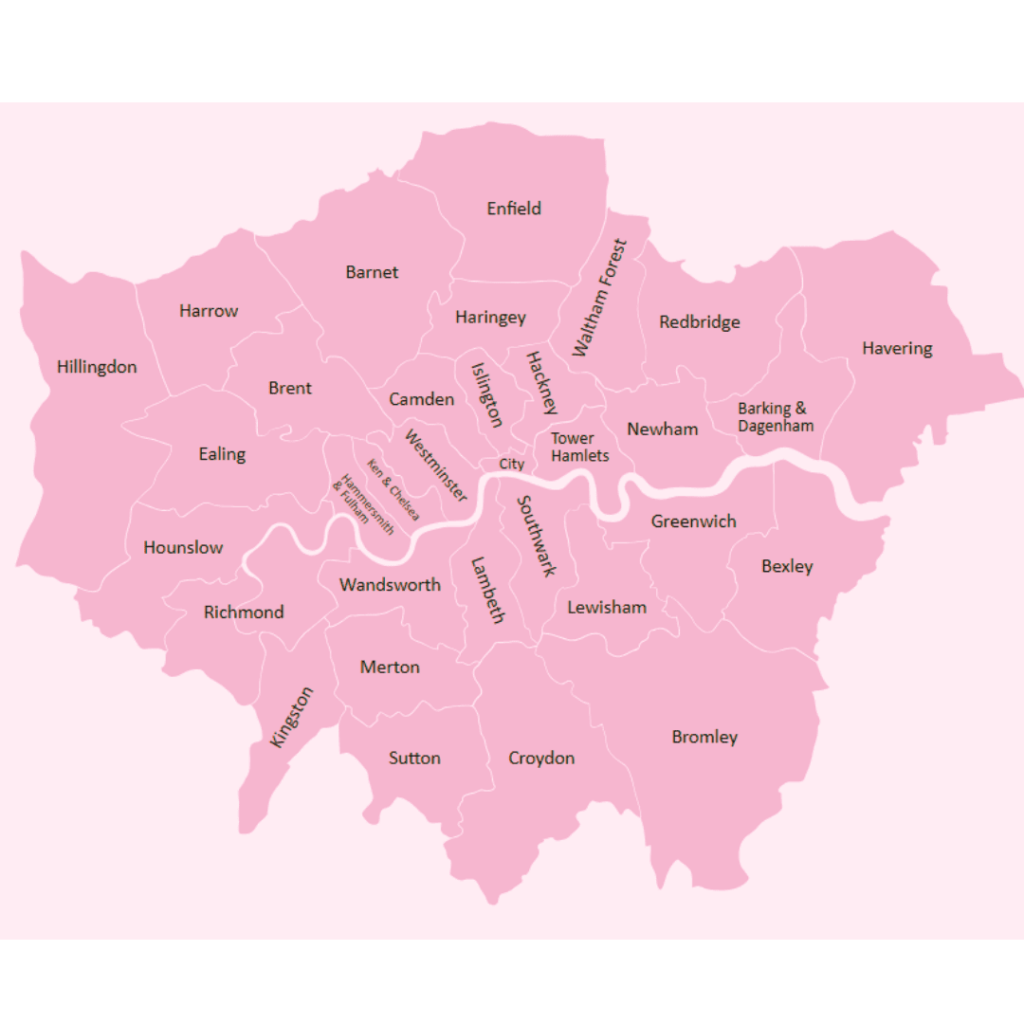The Regulatory Reform (Fire Safety) Order 2005.

The Regulatory Reform (Fire Safety) Order 2005 (commonly referred to as the RRO or FSO) is a key piece of legislation governing fire safety in England and Wales. Here are the key highlights:
1. Primary Responsibility
- The Order places the responsibility for fire safety on the “responsible person,” typically the employer, owner, or occupier of the premises.
- This person must ensure the safety of employees and other relevant persons who may be affected by fire risks in the building.
2. Risk Assessments
- The responsible person must conduct a thorough fire risk assessment, focusing on identifying fire hazards, reducing risks, and implementing safety measures.
- Risk assessments should be regularly reviewed and updated, especially when there are significant changes to the premises.
3. Fire Safety Measures
- Appropriate fire safety measures must be put in place based on the findings of the risk assessment. These include:
- Fire detection and alarm systems
- Fire-fighting equipment, such as extinguishers
- Safe escape routes with clear signage
- Emergency lighting
- Maintenance of these systems and equipment is mandatory.
4. Employee Training
- Employees must be provided with adequate fire safety training, which should include:
- Understanding fire risks and preventive measures
- Evacuation procedures
- Use of fire-fighting equipment
- Training should be repeated periodically and updated as necessary.
5. Emergency Plans
- The responsible person must create and maintain a detailed emergency plan outlining the actions to be taken in case of a fire.
- The plan should be communicated to all occupants of the building and be rehearsed through regular fire drills.
6. Enforcement
- Fire authorities are responsible for enforcing the Order and have the power to inspect premises, issue notices for improvement, and, if necessary, prosecute for non-compliance.
- Non-compliance can result in significant fines or imprisonment for severe breaches.
7. Multi-Occupied Buildings
- In premises with multiple occupiers, each occupier is responsible for the fire safety within their area. However, overall fire safety coordination falls on the building’s owner or manager.
8. Special Considerations
- The Order considers vulnerable individuals, such as those with disabilities, ensuring that fire safety measures accommodate their needs.
This legislation is crucial for ensuring fire safety in non-domestic premises and for protecting the lives of occupants and visitors alike.
References:
- The Regulatory Reform (Fire Safety) Order 2005, available at www.legislation.gov.uk
Landlord Safety Certificates Explore by Category

Fire Risk Assessment

Gas Safety Certificate
Gas Safety Certificate – Domestic – Meter & Upto 2 appliances
£57.99 Book NowGas Safety Certificate – Domestic – Meter & Upto 4 appliances
£77.99 Book NowCarbon Monoxide Alarm
£80 Book NowGas Safety Certificate – Domestic – “Discounted Offer” Boiler Service + Gas Certificate & 2 appliances
£89.99 Book NowGas Safety Certificate – Commercial – 1 appliance
£199 Book NowGas Safety Certificate – Commercial – 2 appliances
£245 Book NowGas Safety Certificate – Commercial – Boiler Service
£280 Book Now

Electric Safety
Studio Appartments Electrical Safety Certificate (EICR)
£65 Book NowPAT Testing Up To 10 Items
£58 Book NowDomestic Electrical Safety Certificate EICR 1 – 3 Bedroom – 1 Consumer Unit Up to 12 Circuits
£99 Book NowDomestic Electrical Safety Certificate EICR 4 Bedrooms – 1 Consumer Unit Up to 12 Circuits
£120 Book NowCommercial Electrical Certificate (EICR) – 1 Consumer Unit Up to 12 Circuits
£149 Book NowDomestic Electrical Safety Certificate EICR 5 Bedrooms – 1 Consumer Unit Up to 12 Circuits
£150 Book NowDomestic Electrical Safety Certificate EICR 6 Bedrooms – 1 Consumer Unit Up to 12 Circuits
£158.33 Book NowFuse Box Installation
£415.83 Book Now

Asbestos Surveys

Electric-Gas Appliances & Hob Installations

Talk To Us!
Get in touch if you're uncertain or need assistance ?
020 8609 7777
Talk to a Friendly Advisor






